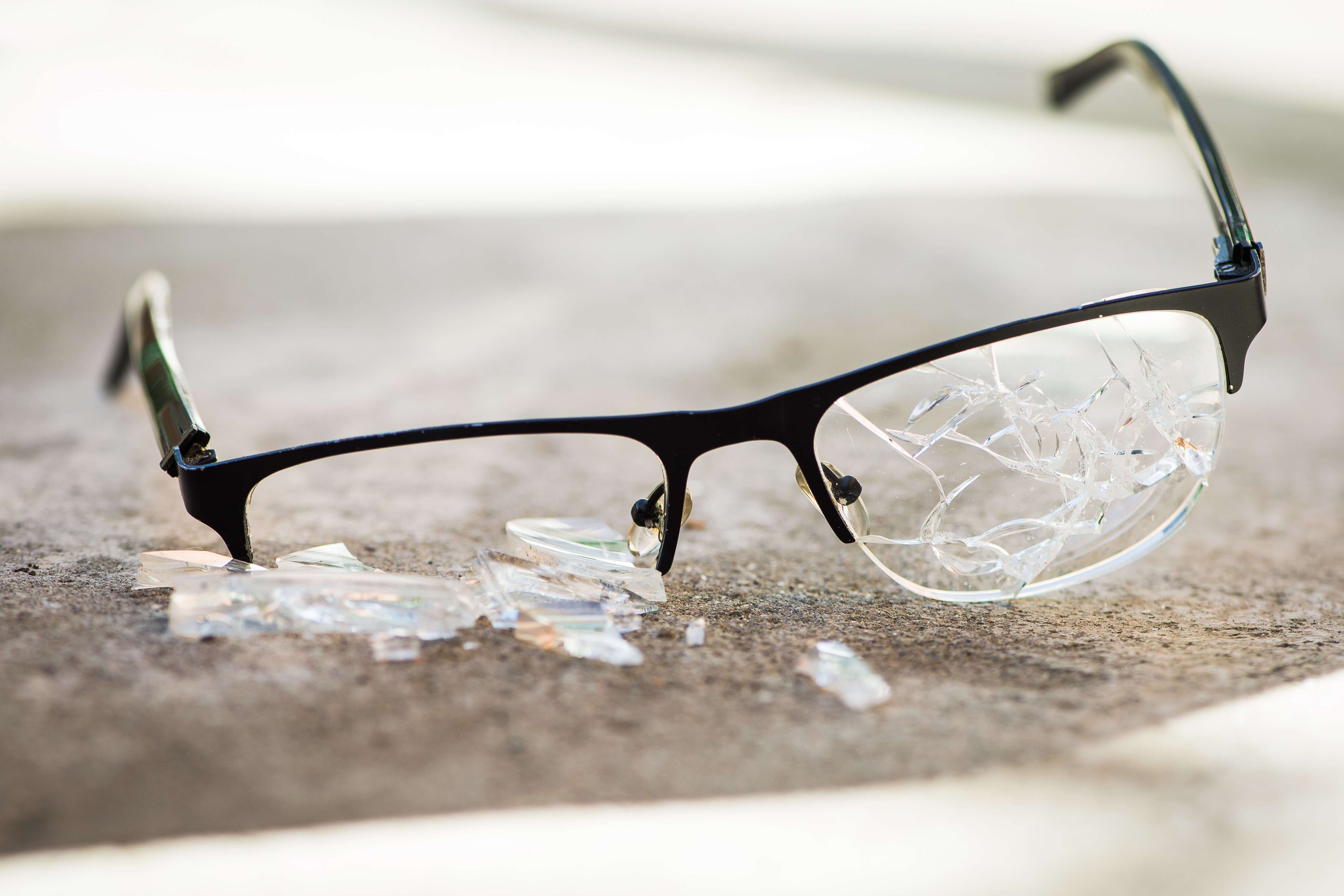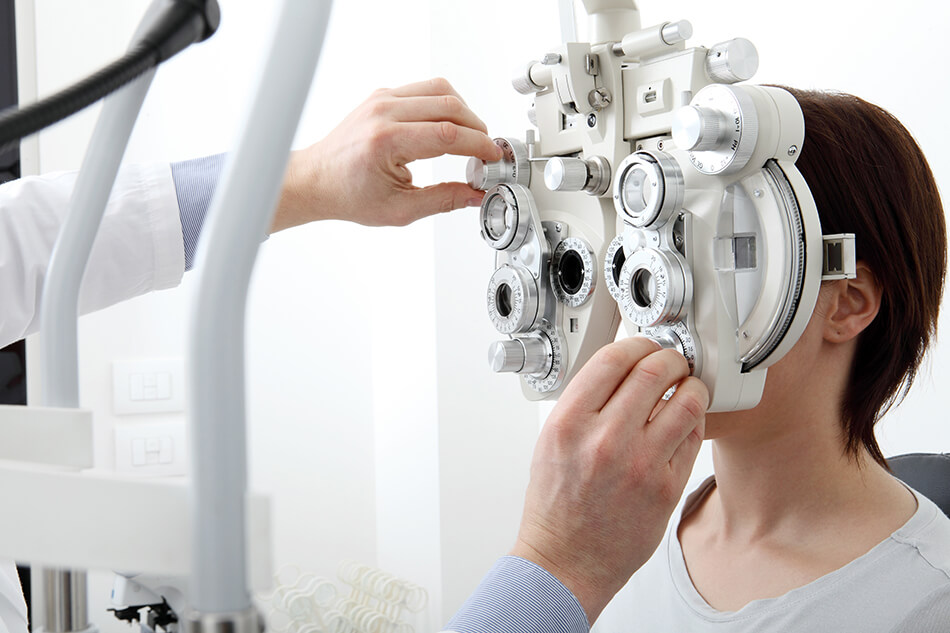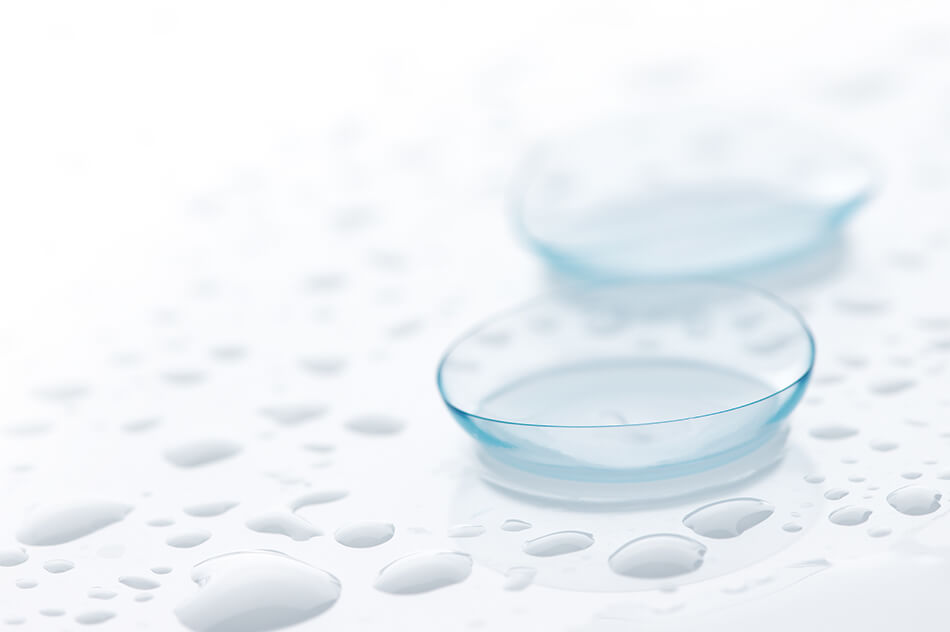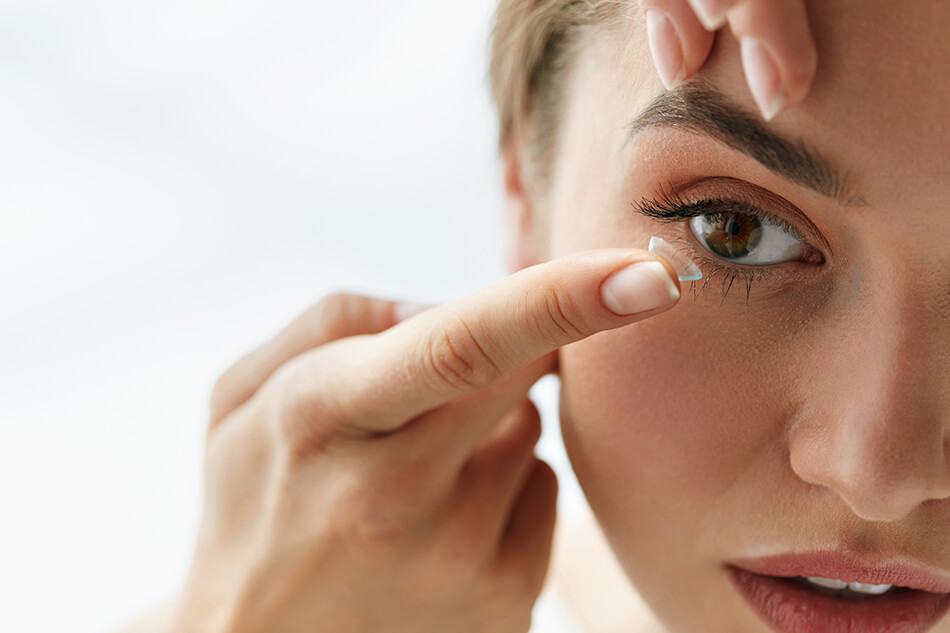Reading Your Contact Lens Prescription: What It Means and Why It Matters
If you visit your eye doctor and are told that you need corrective eyewear, you’ll have the option to obtain a contact lens prescription, an eyeglass prescription, or both.
Your first option is glasses. Eyeglasses will definitely correct your vision, but they are not great to wear for sports or any activities that need peripheral vision. Not to mention, if a ball hits your face, your glasses could shatter into your eye. Ouch!

The other option is contact lenses. If you’re a good candidate, your doctor may offer contacts as an option to correct your vision. An optometrist will conduct a lens fitting and evaluation as part of the exam. After the fitting, you will be provided with your contact lens prescription.
If you look at your written prescription for the first time, you may be confused as to what it means exactly. The information on the prescription details the right amount of refractive error your lenses require. Fortunately, you do not need to be a doctor to understand these numbers.
Since learning to read prescriptions is one of the most commonly asked questions, let's go through the details below.
Make Sure You’re Looking at the Right Prescription
Eyeglass prescriptions and contact lens prescriptions are different. Ensure that you are looking at the right prescription. While the acronyms on both scripts may look similar, the numbers will likely be different, and you don’t want to provide the wrong one when you place an order for either one.

What's up, Doc?
Your doctor's name and details should be included on your prescription along with the date of your visit. This is general information, and while you should know it, it's not really necessary to understanding your script. It is, however, important to note the end date of your prescription as you won’t be able to use an expired one.
Oculus Dexter vs. Ocular Sinister
You might not have ever taken Latin in school, but your eye doctor did! Your prescription might show OD or oculus dexter. This is a Latin term for the right eye.
Similarly, OS or oculus sinister is Latin for the left eye. If both of your eyes have the same prescription, you will either see the same numbers on the table, or you might see another abbreviation. If your prescription states OU or oculus uterque, then you know that both of your eyes require the same correction.
By looking at your prescription, you will generally see the different requirements for each eye.
Another acronym in the same column might be PD. PD stands for Pupillary Distance and is a measure of the distance between both pupils. This is often measured in millimeters.

How Much Correction Do You Need?
Contact lens prescriptions are generally measured in terms of diopters. This is a unit of refractive power. It is equal to the reciprocal of the focal length of a given lens and is often abbreviated as D.
By checking the OD or OS row (or OU if your eyes are the same), you can find both the power (PWR) and sphere (SPH) of the correction needed. They are generally the first numbers to the right of the OD and OS in your prescription.
If the symbol is a "-" then that indicates you have nearsightedness. A "+" symbol means that you have farsightedness. If for example, you had a prescription that read OD +3.50 and OS -2.00. Then you would have 3.5 diopters of farsightedness in your right eye and 2 diopters of nearsightedness in your left.
It is actually quite common for your eyes to require different levels of correction. If you see the term PL, that's Latin again. PL stands for plano or zero, meaning you don’t need any correction on that eye.

Your Contact Lens Base Curve and Diameter
BC is not another Latin term, so don't worry. BC stands for base curve and its a way of describing how the lens should fit against your eye. BC is measured in millimeters and numbers are generally in the 8 to 10 range. The lower the number, the steeper your cornea.
Another acronym that is measured in millimeters is DIA. DIA stands for the diameter of your lens and is calculated as a straight line through the center of your lens. This is a significant number as if it is incorrect, it could really irritate your eye.
Brand Power
Different brands fit and feel differently in eyes. Your prescription will include the name of the brand that you have selected and decided upon with your eye doctor. It is essential to ensure that your prescription consists of the brand you're comfortable with, and have been fitted with.
What Is a CYL?
If your prescription is a bit more complicated, it might include the term cylinder or CYL. This is common if you have astigmatism as it is a measure of the amount of astigmatism you have. It’s measured in diopters similar to power and sphere. Again, a negative number indicates nearsightedness and a positive number is for farsightedness.
AXIS Number
If you have astigmatism and see CYL, then you need to look at your AXIS number also. The axis is the measurement required to bend light around the irregular cornea. You'll generally find that this is a high number, from 90 to 160.

Contact Lens Power
Another type of complicated prescription is for contact lenses with bifocals. Bifocals are two different prescriptions in different parts of the same lens. This item is also measured in diopters. Mostly all contact lenses are available with power, even colored lens.
Don't Wear Contact Lens Without Prescriptions
You might actually not need contact lenses for corrective reasons; however, you should still have a prescription for any contact lens you plan on placing in your eye. Even if you have perfect vision, and the contacts you’re buying are purely cosmetic, you must have a proper contact fitting.
If your contact lens prescription is for cosmetic colored lens, you’ll see the words ‘COLOR’ written on the prescription.
Now You’re Ready to Place a Contact Lens Order
Now that you know the basics of reading your contact lens prescription, it’ll be much easier for you to order the right pair of contact lenses from our website!
